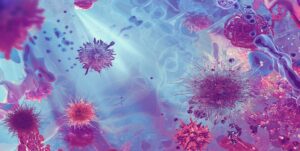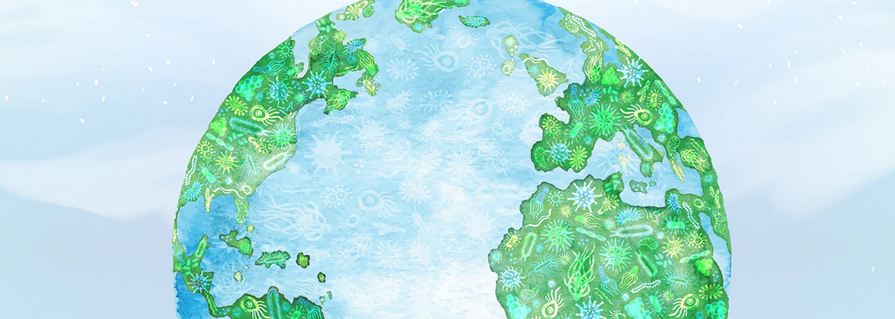Recent research tries to raise awareness as a form of life vital for our survival might be soon disappearing. Now, it’s no secret anymore that Earth faces a major crisis.
As if it wasn’t incredibly shocking that over 37,400 species are at risk of becoming extinct, the microbial diversity is also under threat.
Here is what you need to know.
Microbial Diversity’s Future is Bleak: What to Expect
As per recent data, the factors that threaten species of mammals, sharks, rays, and amphibians are also endangering microorganisms. On Earth, there are trillions of microorganisms that live in animal bodies (ours, too) and in and on plants.Â
The microorganisms are responsible for regulating all living creatures’ development and growth, shielding them from pathogens. They also play a crucial role in the nutrient cycling that keeps the oceans, forests, savannas, and farms going. So, you can understand why microbial diversity is so important.

Human activities, more research, and a clear pattern
As previously mentioned, the same factors that put lives in danger of more than 37,400 species threaten the microorganisms, too.
Unfortunately, it’s pretty challenging to measure the exact impact of human activities because a lot of microbes are still hard to identify and study. However, there is a clear trend featured now in more studies.
For example, back in 2013, scientists discovered that cutting down the Amazon rainforest to make way for cattle pastures (mainly) resulted in a lowered soil microbial diversity.Â
Another paper focused on 82 rivers in Maryland found that the types of microbes there are “acting” different based on what type of land the rivers joined, like urban, forested, or agricultural.
Apparently, rivers near woods showed higher levels of oxygen cycling than those in urban regions.
Moreover, a 2020 report discusses how the current loss of coral reefs due to human activities will reach a 28 % drop in the abundance of bacteria and other microbes.Â
But, not only human activities are to blame. The temperature change is also the culprit, affecting the composition of microorganisms in the environment.
As mentioned in the beginning, the new research tries to raise awareness about the danger microbial diversity faces. Microbiologists and scientists worldwide try to develop ways of protecting all the planet’s creatures, even the smallest ones.













Leave a Reply